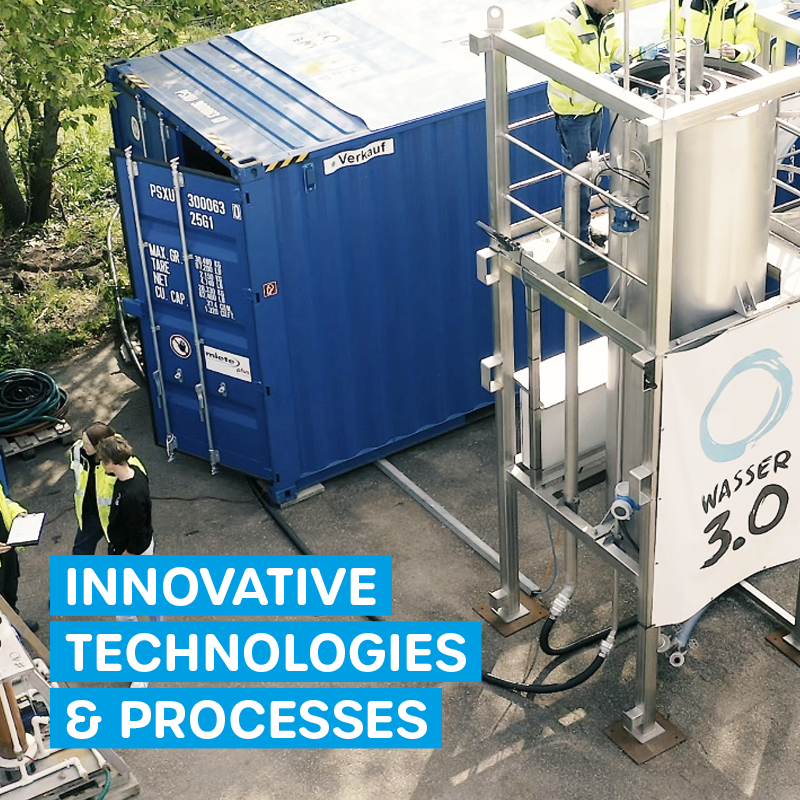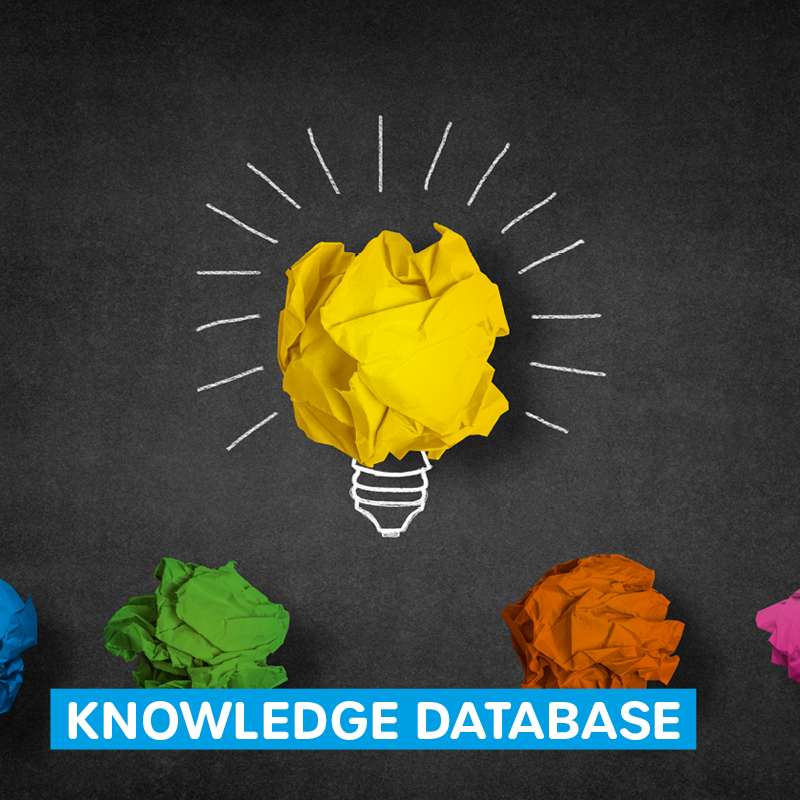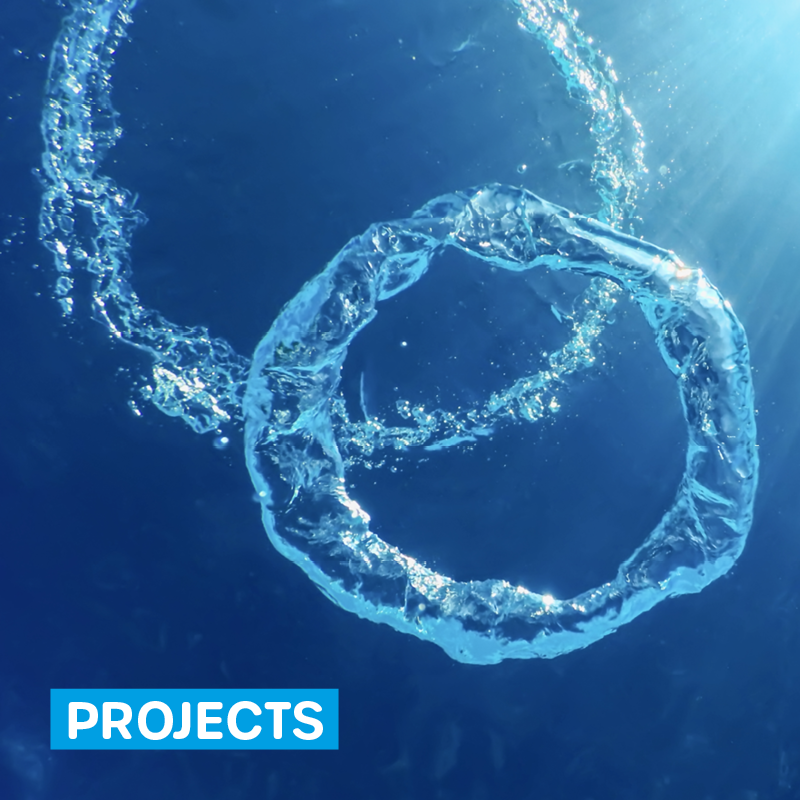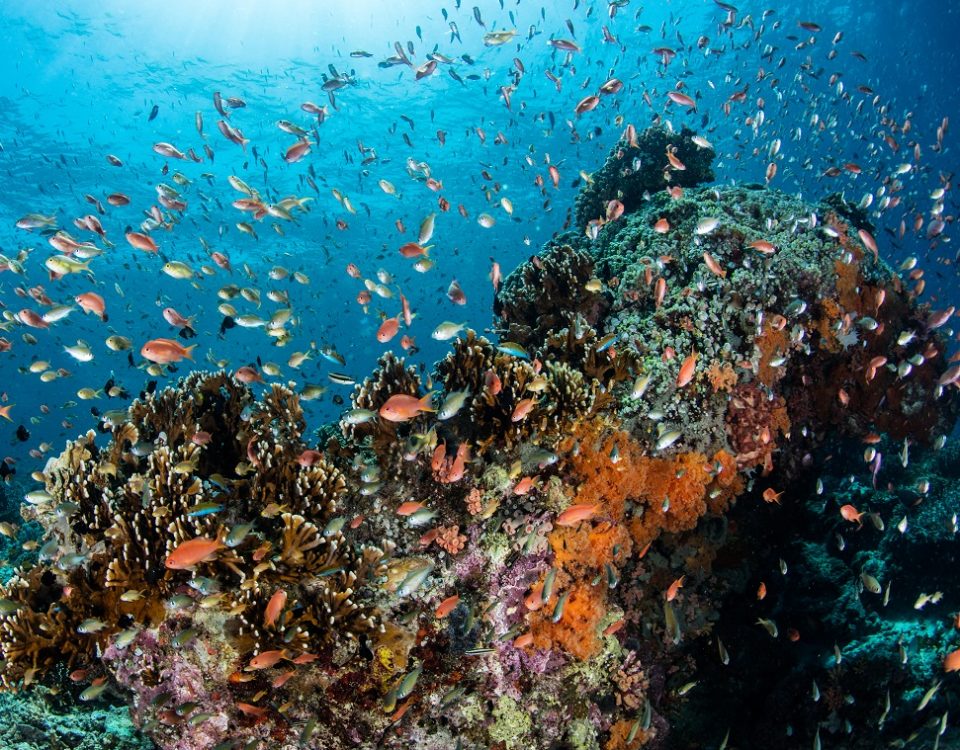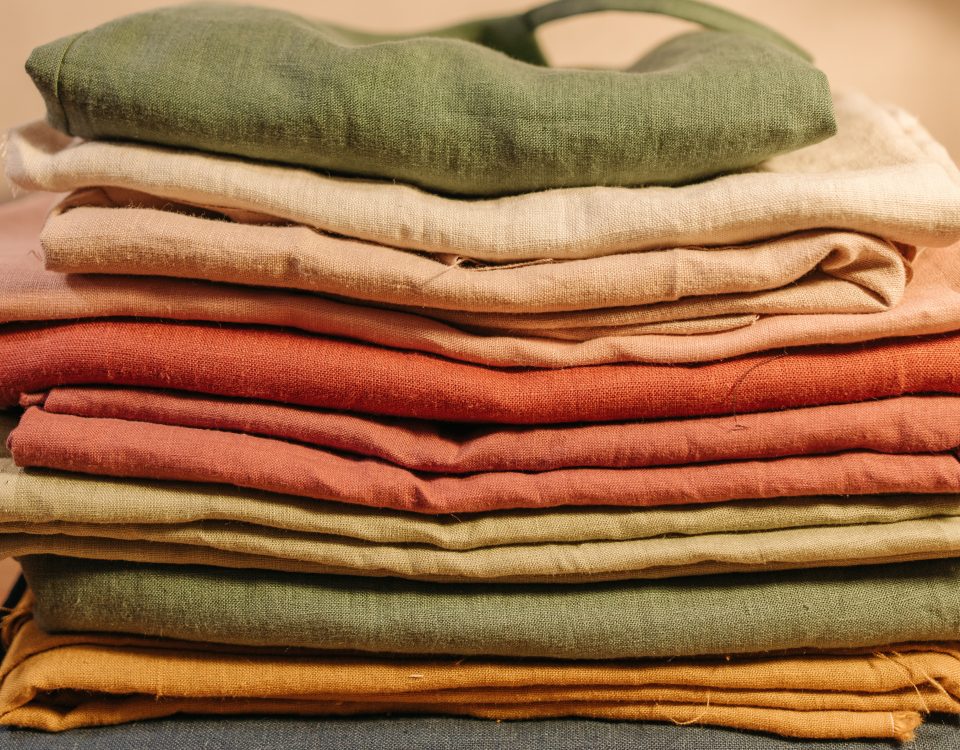
Global Map of Microplastics
When data becomes action - Standardized data collection thanks to standardized microplastics analysis
Microplastics are an ever-growing problem for our rivers, lakes, and oceans. Their small size makes them a huge problem. Since plastic is not biodegradable, it breaks down into smaller and smaller particles due to environmental influences and eventually ends up everywhere - including in the food chain.
For example, microplastics contained in cosmetic products, or released when washing clothes made of synthetic fibers, cannot be filtered out of the water in sewage treatment plants and thus end up in our rivers, lakes and oceans - and ultimately in our bodies when we eat marine animals (seafood) that have ingested microplastics as they have mistaken them for algae or plankton. Due to the fact, that microplastics is present everywhere – in water, air, and soil, we eat, drink, and breathe microplastics – everyday.
With an estimated ingestion of nearly 1,800 particles per week, humans ingest the most microplastics through drinking water. We don't believe these estimates and prefare working with real data. Standardized & comprehensible.

Searching for clues: Where are the hotspots of microplastics in the environment?
But the big question remains: Where are the hotspots? And what concentrations are we talking about here?
In the future, the Global Map of Microplastics will provide answers to these questions. For the first time, users will be able to see the type and intensity of microplastic pollution in bodies of water on an interactive map and contribute to data collection themselves.
The Global Map of Microplastics is a collaborative interaction from our educational area WASoMI and our current research in microplastics detection. Here, we connect the different worlds, engage all stakeholders, dive into different types of water, and come up with solutions for water without microplastics. Get your analysis kit for the Global Map of Microplastics or donate today for more data points.
LIVE: Global Map of Microplastics
Everyone can contribute data points from their immediate surroundings to the Global Map of Microplastics. Our app will make this data collection and data visualization possible from 2024. And everyone can become part of the solution with our analytics kit.

